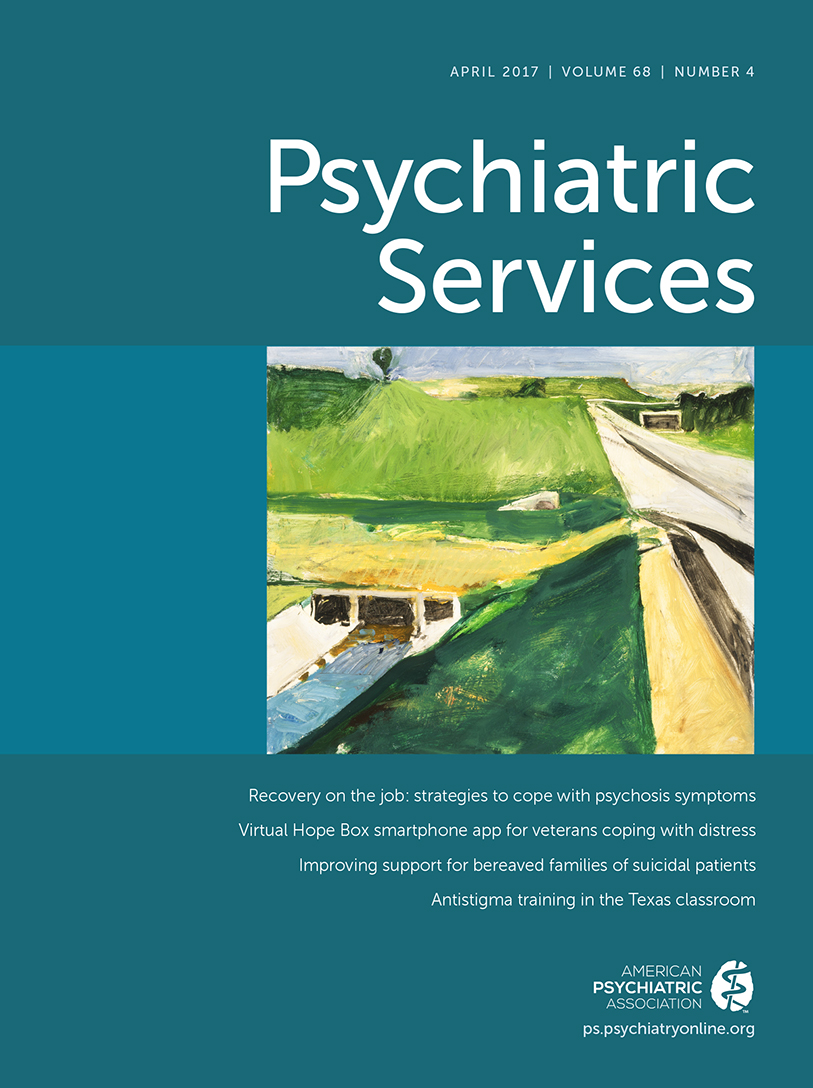Lost Keys: Understanding Service Providers’ Impressions of Frequent Visitors to Psychiatric Emergency Services in Singapore
Abstract
Objective:
This study used administrative data to identify characteristics of frequent users of Singapore’s largest specialized psychiatric emergency department (ED). Qualitative interviews were conducted to understand staff opinions of frequent visitors.
Methods:
Data were from administrative records of all adult visits to the ED (N=16,123 visits of 10,108 individual users) in 2014. Random-effects logistic regressions were used to identify demographic and diagnostic characteristics of frequent visitors. To facilitate interpretation of administrative data in a convergent mixed-methods study design, interviews were conducted with 26 service providers who worked in the ED.
Results:
Frequent use was defined as five or more visits in 2014. This cutoff distinguished the top 3% of users (N=331), and this group accounted for 16% of service use. Frequent users were more likely to have a diagnosis of a psychotic disorder, personality disorder, or alcohol use disorder. Service provider groups (for example, physicians, nurses, and assistants) described similar groups of frequent users and noted that frequent use was related to lack of social supports outside the hospital and feelings of belonging within it. The most frequently cited challenges were managing intoxicated service seekers, managing expectations for admission, and dealing with threats of self-harm.
Conclusions:
The profiles of frequent ED users in Singapore resembled those reported in other large urban centers. The opinions of service providers and their reactions to difficult situations were similar to those of providers in nonpsychiatric settings. The service providers’ perspectives highlight how societal pressures influence the way in which individuals with mental illnesses use services.



